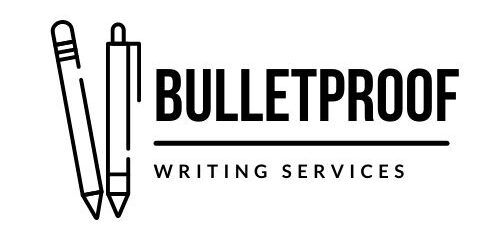Dashes are unsung heroes of punctuation, but many writers are often unsure when to use em dashes, en dashes, or hyphens in different situations. Last month, we discussed the various uses for en dashes. Today, we’ll focus on em dashes, and next month we’ll round things off with a review of hyphens.
Em Dashes

The em dash is very versatile, but are you using it correctly?
The em dash (often called the dash) is the most common and versatile of the dashes we’ll discuss today. We use an em dash to set off explanatory or amplifying elements, so they function similarly to parentheses, commas, or colons. Em dashes may be used to set off expressions such as that is or namely. They are especially useful when signaling an abrupt break in thought.
Three musicians—Elgar, Brahms, and Mendelssohn—influenced her work.
My best friend—that is, my dog—is eight years old.
She had a plan—a plan for world domination.
Notice that the em dashes do not have spaces before or after them. Don’t use an em dash within or directly following another element set off by an em dash; prevent confusion by using commas or parentheses instead.
Sometimes, we use an em dash to set off an introductory noun or a series of nouns from a pronoun that refers back to the noun(s) and introduces the main clause.
Equality—that was the dream he continually fought for.
Pasta, bread, and potato chips—those were her biggest temptations.
To signal an interruption or abrupt break in dialogue, use an em dash.
“Will they—can they—finish the race?” she asked.
“I don’t know,” he replied. “Team GB could—”
“Could what?” she demanded.
Question marks and exclamation points may come before an em dash, but commas, colons, and semicolons never precede em dashes. If a period is part of an abbreviation, it may come before an em dash.
2- and 3-Em Dashes
If you need to represent a missing word or part of a word, use a 2-em dash. This symbol also can disguise names or expletives or symbolize illegible words from quoted or printed material. If the whole word is missing, use a space on both sides of the dash. No space shows between the existing part of the word and the dash when only part of the word is missing. If the dash represents the end of the word, a space follows it (allowing for other punctuation).
Professor T⸺ lectured for over two hours.
Sally B⸺r (Baker?) called.
Curious about how to make a 2-em dash in Microsoft Word? You can use Unicode. (Don’t be frightened; it’s easy!) Type 2e3a (no spaces!) followed immediately by pressing ALT and X at the same time.
We see 3-em dashes most often in bibliographies to show that a source was written by the same author as the previous entry.
Keene, Carolyn. Nancy Drew: The Hidden Staircase. New York: Grosset & Dunlap, 1959.
⸻. The Secret of the Old Clock. New York: Grosset & Dunlap, 1987.
To generate a 3-em dash in Microsoft Word, type 2e3b (still no spaces!) followed immediately by pressing ALT and X at the same time.
Of course, if you’re not a fan of Unicode, you can always insert 2- or 3-em dashes from Word’s symbol menu, but depending on your font choice, spaces may appear between your dashes.
Takeaway
Each punctuation symbol has special functions—dashes are no exception. Knowing your options (en, em, 2-em, and 3-em dashes) and understanding the guidelines for how and when to use dashes gives you more flexibility in your punctuation options as a writer. Using them appropriately helps you convey your ideas more clearly to your readers. If you need help figuring out which dashes to use in your document, contact me! I’d love to learn more about your project and help make your writing bulletproof.
